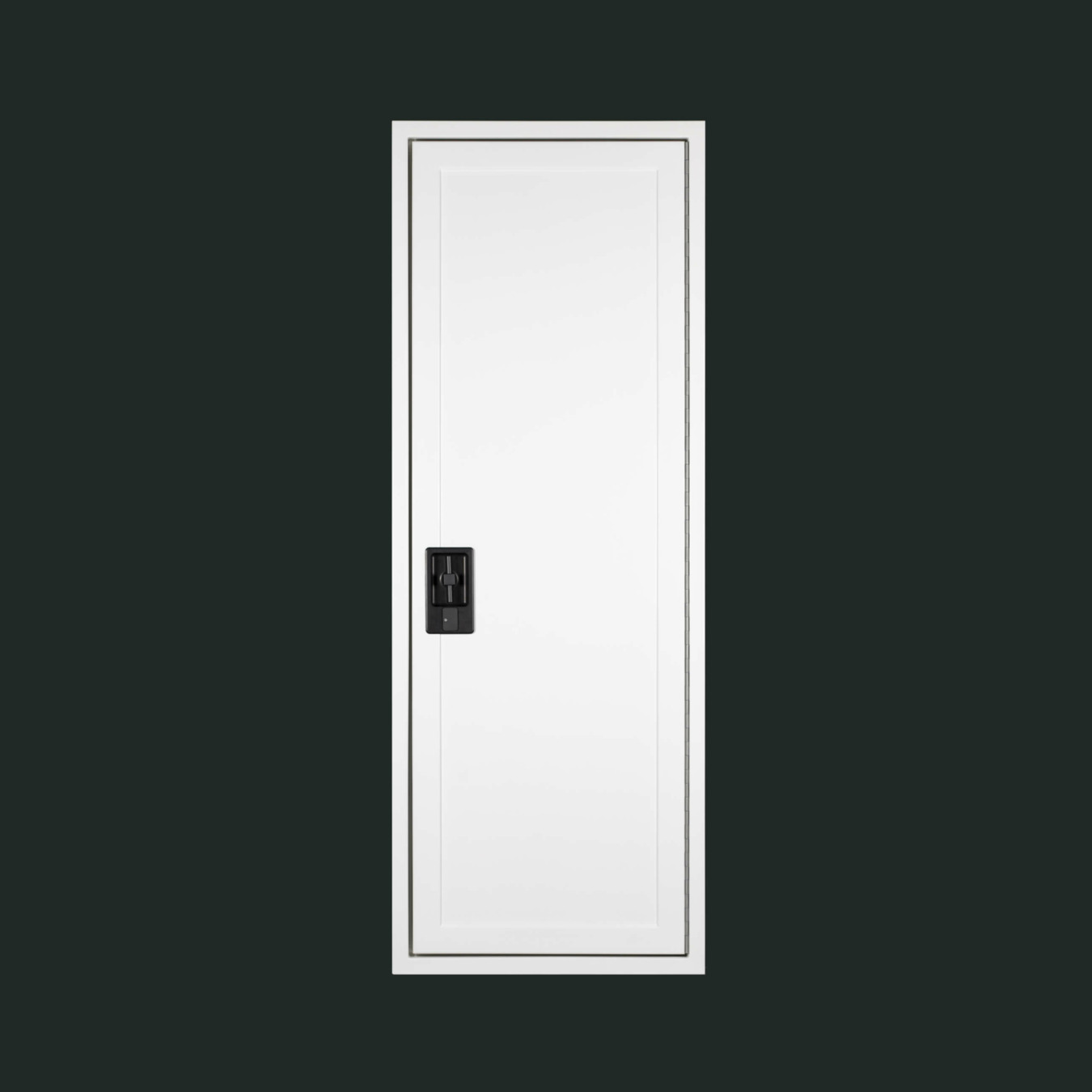
In recent years, there has been a growing interest in adventure travel to remote places away from the hustle and bustle of the city. This has led to the emergence of expedition vehicles. With their ability to drive on unpaved roads and operate autonomously in remote areas, expedition vehicles offer a unique way to explore the world.
An expedition vehicle:
what is it?
An expedition vehicle is a vehicle designed and built to travel long distances and operate in rugged, remote environments such as mountains, deserts and polar regions. These vehicles are often used for adventure travel, expeditions, off-road travel and overland travel. The purpose of an expedition vehicle is to provide travellers with a safe, comfortable and reliable way to explore these challenging areas. Expedition vehicles are often equipped with amenities such as sleeping quarters, kitchen, toilet, and water and power supplies, so that occupants are able to be self-sufficient during long journeys and expeditions. Expedition vehicles are popular among adventurers and nature lovers looking for unique experiences and images of the natural world. They are also used by scientists and researchers doing fieldwork in remote areas.
A good expedition vehicle must be able to function well in different types of terrain, such as rocky trails, muddy roads, shallow rivers and extreme temperatures. Moreover, the vehicle should have enough space to carry all necessary equipment and supplies, including food, water, clothing, medical supplies and communication equipment. Being able to carry so many basic necessities means that one can travel for weeks at a time. An expedition vehicle is also knows as an expedition camper, overland vehicle, off-road camper, expedition truck or 4x4 camper.

Differences in expedition vehicles
Expedition vehicles can be made from a variety of base vehicles. For example, SUVs, pick-up trucks, motorhomes and trucks are vehicles that can be rebuild into expedition vehicles. They usually have features specifically designed for off-road travel, such as four-wheel drive, raised suspension, larger tyre, and extra fuel tanks to meet the needs of expedition travel.
Expedition vehicles with four-wheel drive provide maximum traction and grip. These are called 4x4 expedition vehicles and these can offer many advantages. Especially when it comes to travelling and adventure activities off the beaten track.
The advantages of 4x4 expedition vehicles:
- The 4x4 system offers excellent off-road capabilities, allowing you to drive on unpaved roads and rough terrain that normal cars cannot reach.
- A 4x4 vehicle has better road grip than vehicles without four-wheel drive, which can be especially important on wet, muddy or snowy roads.
- A 4x4 vehicle often has higher ground clearance than a regular vehicle, meaning it is easier to face obstacles such as rocks, potholes and bumps.
There are many differences in expedition vehicles. An expedition vehicle may have a special camper unit that can be extended to provide extra living space, while others are equipped with tents or other outdoor sleeping arrangements. Some expedition vehicles are self-sufficient and have solar panels, wind generators or fuel cells to provide power, while others rely on external power sources. However, off-road expedition vehicles are often more expensive than alternatives. In general, expedition vehicles offer more flexibility and independence for off-road adventures, while motorhomes, vans and RVs offer more comfort for travelling on paved roads. However, for each of these vehicles, it is true that the quality of windows, skylights, doors and hatches is an important aspect. Therefore, it is important to invest in high-quality and durable products so that the vehicle can withstand the harsh conditions during off-road adventures. Outbound is a manufacturer with high-quality windows, skylights, roller blinds, doors, hatches and cabin doors.





